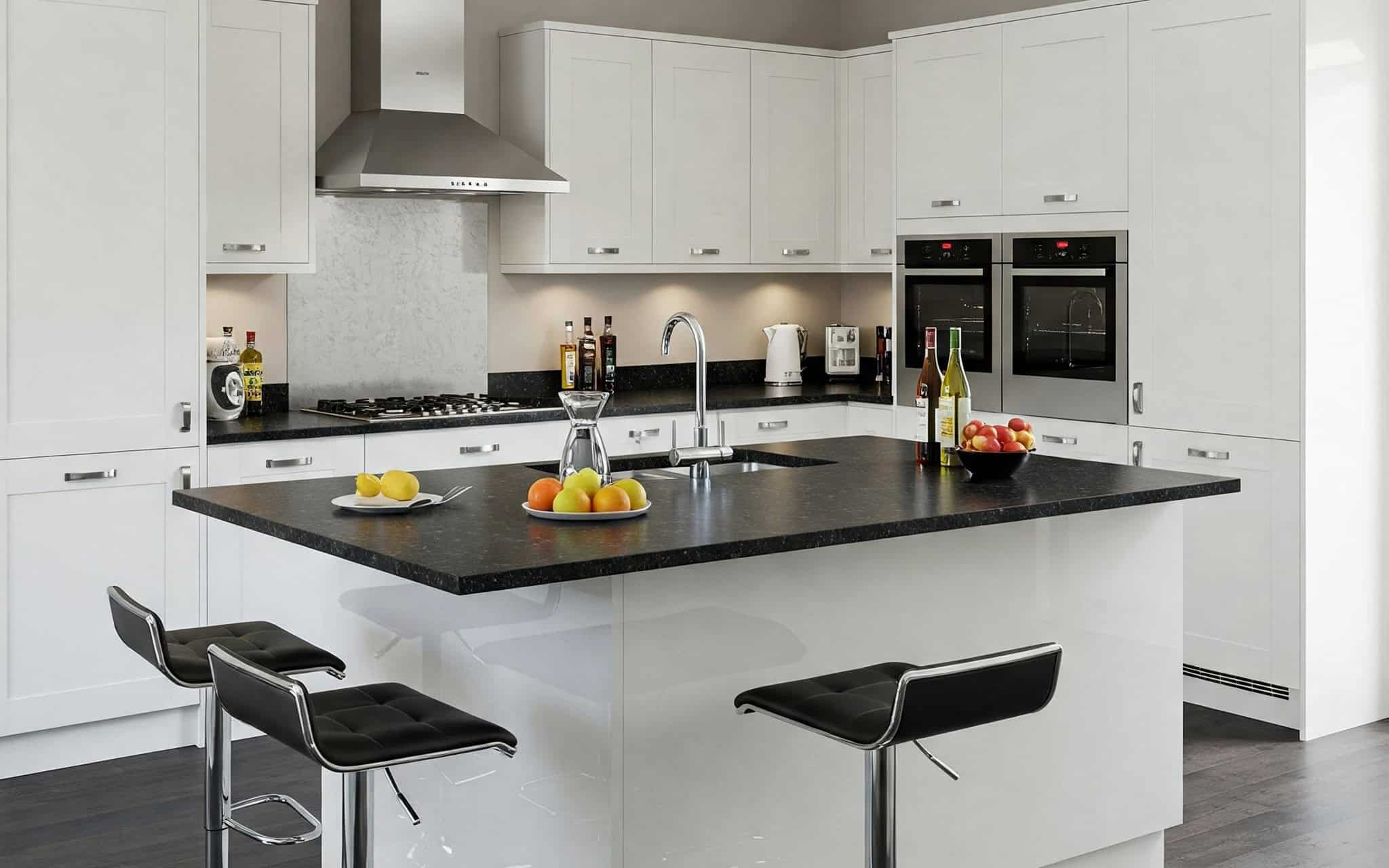
Question: How Can We Make the Kitchen Safe for Infants?
Answer: To make the kitchen safe for infants secure cabinets and drawers with latches. Keep appliances, cleaners, and sharp objects out of reach. Never leave hot items unattended.
Creating a Secure Kitchen Environment for Your Little One
Infants explore their surroundings with curiosity and boundless energy. As they become mobile, the kitchen, often the heart of the home, can present potential hazards. This article provides practical steps to transform your kitchen into a safe haven for your infant, offering peace of mind as they grow and discover.
Appliance Safety First
Secure appliances pose a significant threat to curious infants. Start by installing appliance locks on ovens, refrigerators, dishwashers, and microwaves. These prevent little hands from opening doors and accessing potentially hot surfaces or sharp objects. Unplug small appliances like toasters and blenders when not in use and store them out of reach. This simple act removes the risk of electrical shocks or burns.
Consider the placement of your appliances. Position microwaves and other appliances that could attract an infant’s attention at a height they cannot reach. Regularly inspect appliance cords for any damage. Frayed cords present a shock hazard and require immediate replacement.
Click here to read more about Blue Kitchen Refacing
Related Article: How to Stay Safe in the Kitchen with Kids?
Related Article: How Do I Childproof My Kitchen Entrance?
Stovetop Safety Measures
The stovetop presents a significant burn risk. Use stove knob covers to prevent infants from turning on burners. These covers make it difficult for little hands to manipulate the knobs and ignite the gas or electric stovetop. Turn pot handles inward to prevent infants from grabbing them and pulling hot pots or pans down on themselves.
Never leave cooking unattended, especially when infants are nearby. A momentary lapse in attention can have dire consequences. Create a “kid-free zone” around the stove using a physical barrier like a gate. This designates a safe area for your infant to play while you cook, preventing accidental contact with the hot surface.
Floor-Level Hazard Prevention
Infants spend a lot of time on the floor, making it crucial to eliminate potential hazards at their level. Secure all loose rugs and mats to prevent tripping. Use non-slip mats under rugs to prevent them from sliding. Clean up spills immediately to avoid slips and falls.
Store all cleaning products, including floor cleaners, out of reach in a locked cabinet. These products can be toxic if ingested. Cover electrical outlets with safety plugs to prevent infants from inserting objects into them. Ensure all electrical cords are tucked away securely and out of reach.
Trash Can Safety
Trash cans, though often overlooked, can pose various risks to infants. Use trash cans with child-resistant lids. These specialized lids prevent infants from accessing the contents of the trash, which might include sharp objects, spoiled food, or other hazardous items. Place trash cans out of reach or in a locked cabinet.
Regularly empty trash cans to minimize odours that could attract an infant’s attention. Avoid placing the trash can under the sink, as this is an easily accessible area for curious infants. Educate older children about the importance of keeping the trash can lid closed and not playing with its contents.
First Aid and Emergency Preparedness
Despite precautions, accidents can happen. Keep a well-stocked first-aid kit readily accessible in the kitchen. Ensure the kit includes items specifically for treating burns, cuts, and poisoning. Post emergency contact numbers near the phone, including the number for poison control.
Learn basic first aid and CPR for infants. This knowledge can prove invaluable in an emergency. Install smoke detectors and carbon monoxide detectors in your home and test them regularly. A working fire extinguisher should also be available in the kitchen, and you should know how to use it.
Conclusion
Creating a safe kitchen environment for your infant requires proactive planning and consistent attention. By implementing the strategies outlined in this article, you can significantly minimize risks and provide a secure space for your little one to explore and thrive. Remember, childproofing is an ongoing process that evolves with your infant’s development.
Regularly reassess your kitchen for potential hazards as your infant grows and becomes more mobile. Stay informed about the latest safety recommendations and products. While childproofing efforts are essential, constant supervision remains the most effective way to keep your infant safe in the kitchen. With these safety measures in place, you can enjoy your kitchen knowing your infant is protected.

Blue Malue Get in touch with Blue here.
